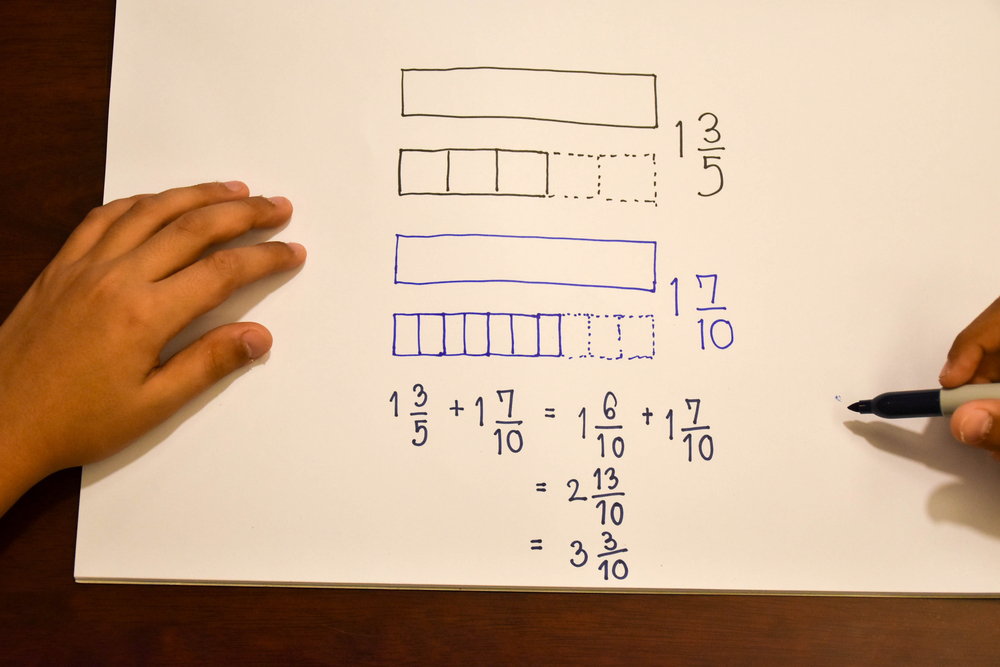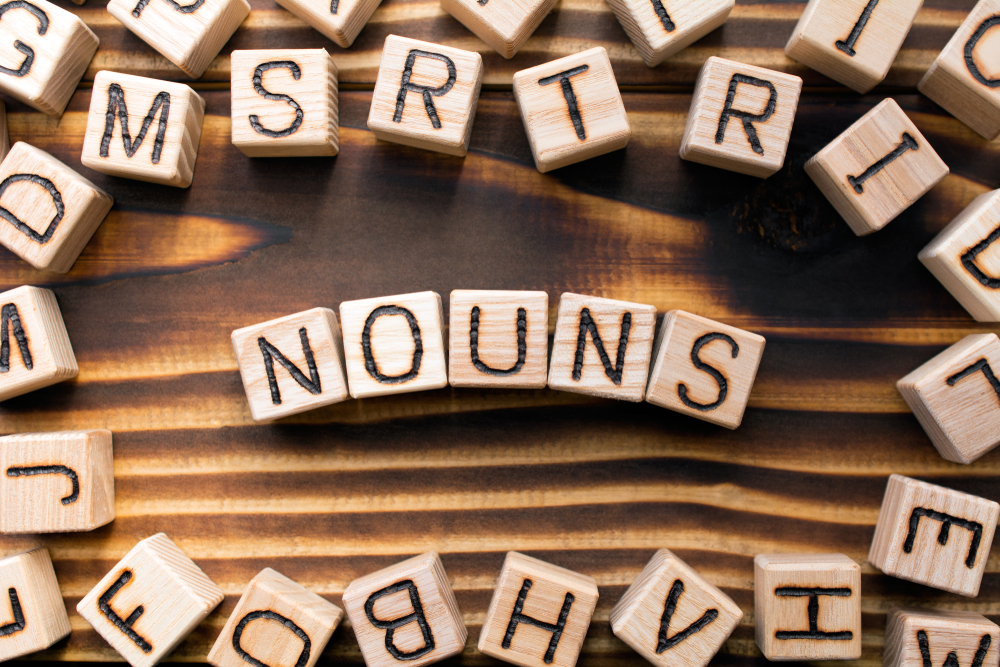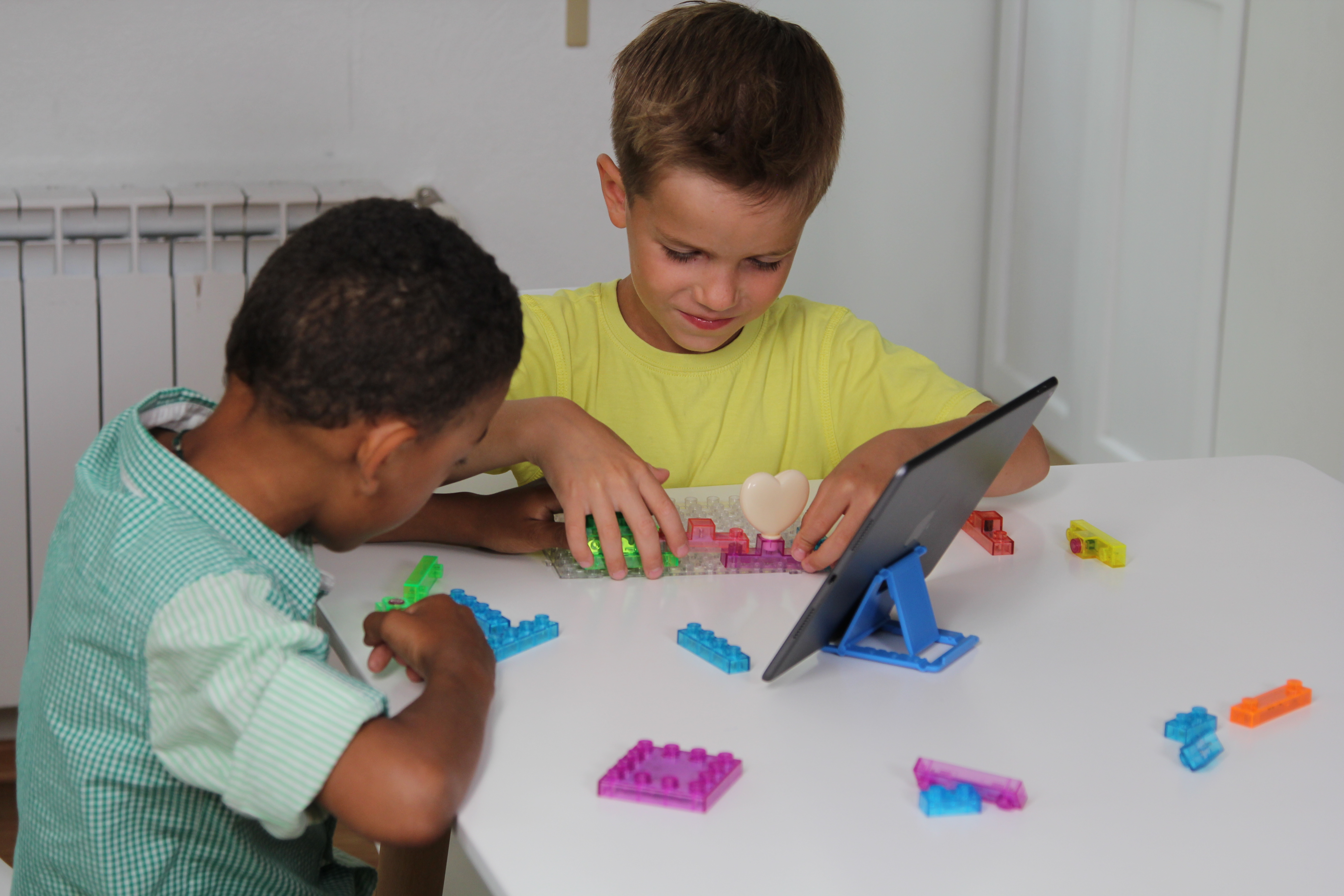Understanding chess movements Worksheets for Kids
2 filtered results
-
From - To
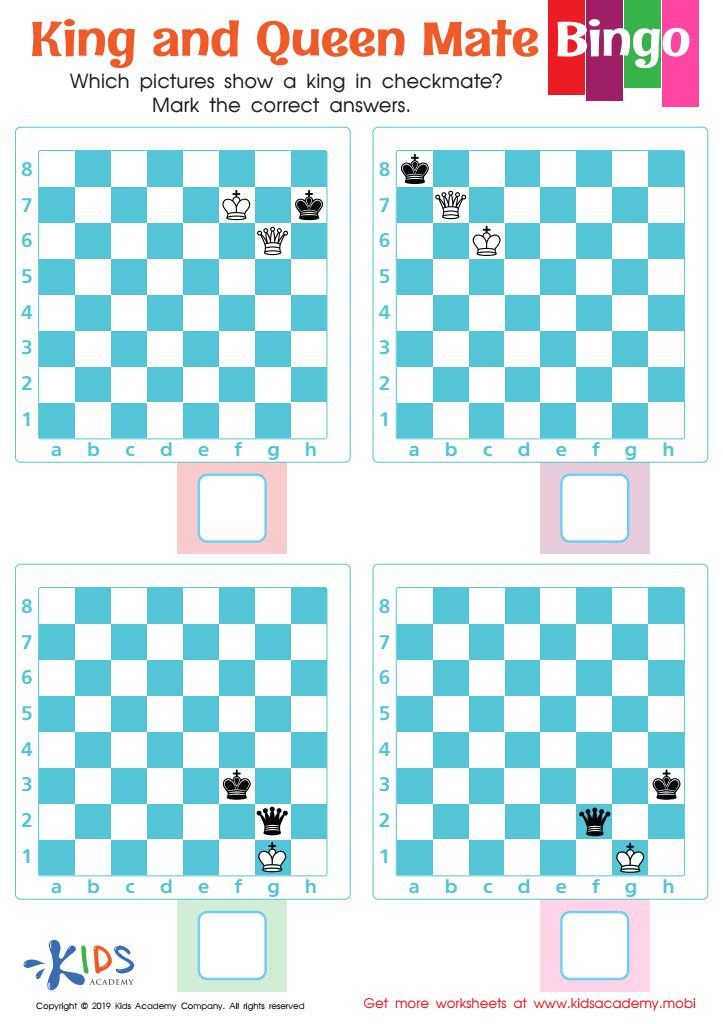

King and Queen Mate: Bingo Worksheet
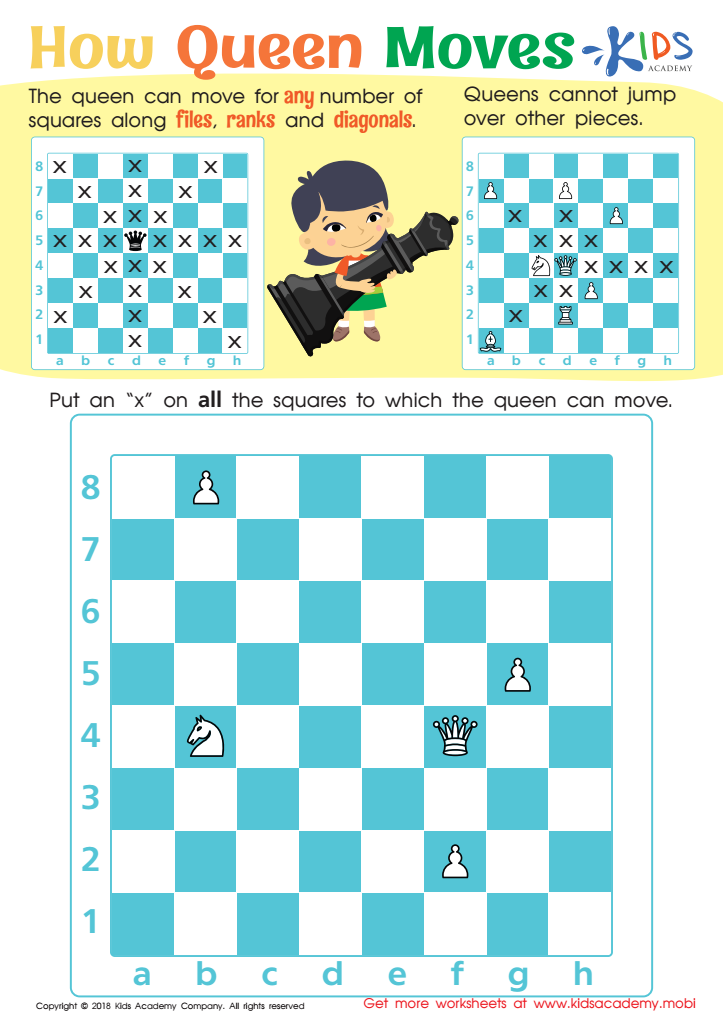

How Queen Moves Worksheet
Question/Answer
How to test a Grade 1 student’s Understanding chess movements skills?
To assess a Grade 1 student's understanding of chess movements, use a practical test. Present a chessboard with pieces in starting positions, then ask the student to demonstrate specific movements, including pawns' first moves, knights' L-shape, bishops' diagonals, rooks' straight lines, the queen's versatile movements, and the king's one-square move. Observe accuracy and confidence in executing these moves.
Why is the Understanding chess movements skill important for Grade 1 students?
Understanding chess movements for Grade 1 students fosters critical thinking, improves problem-solving skills, and enhances memory and concentration. It also introduces strategic planning, teaches the importance of patience and turns, and encourages sportsmanship. These skills are foundational for academic learning and social interactions, making chess a valuable educational tool for young learners.
What are some effective activities to train students’ Understanding chess movements skill when teaching them about Chess?
Effective activities to train students in understanding chess movements include practicing each piece's moves through puzzles, playing mini-games focusing on specific pieces (e.g., pawn wars or knight tours), using chess apps or software for interactive learning, and conducting peer teaching sessions where students explain piece movements to each other. Incorporating repetition and varied practice scenarios will reinforce their skill development.

 Assign to the classroom
Assign to the classroom


